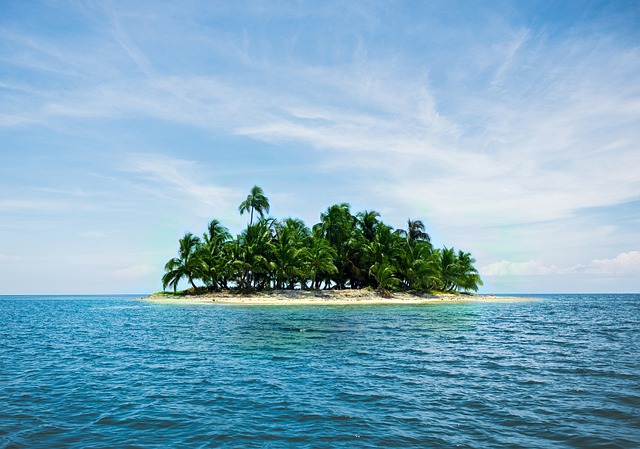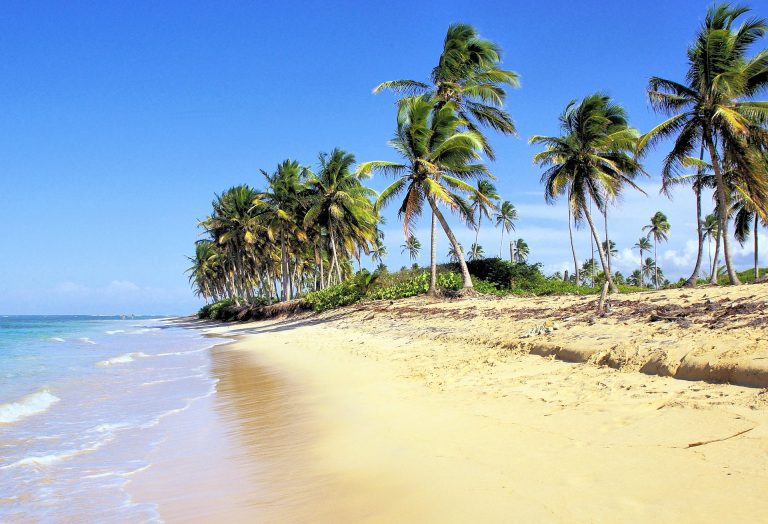VENEZUELA Unveiled: Your Ultimate Venezuela Travel Guide

Welcome to our comprehensive Venezuela travel guide. Whether you’re drawn by its natural wonders, rich cultural heritage, or delectable cuisine, this guide is your key to exploring the country with confidence. We’ve compiled essential insights and tips to help you navigate everything from accommodation to culinary adventures, ensuring a memorable journey through the heart of Venezuela.
Fast Facts About Venezuela
- Climate: Venezuela’s climate varies from tropical in coastal areas to more temperate in the Andes. Coastal regions experience a wet season from May to November, while the dry season runs from December to April. Inland areas tend to have a more consistent climate year-round.
- Local Currency: The official currency of Venezuela is the Venezuelan Bolívar (VES). Currency exchange can be challenging due to the country’s economic situation, so it’s advisable to bring U.S. dollars in cash.
- Power Voltage: Venezuela uses a power voltage of 120V, with a standard two-pin plug. It’s recommended to bring a universal adapter, as voltage fluctuations can occur.
- Language: Spanish is the official language of Venezuela. While English may be spoken in tourist areas, having some basic Spanish phrases will enhance your travel experience.
- Religion: The predominant religion in Venezuela is Roman Catholicism, but there is religious diversity in the country. Respect for local customs and beliefs is important.
- Safety: While Venezuela has natural beauty and attractions, it’s important to be cautious due to safety concerns. Research the latest travel advisories and follow local advice to ensure a safe journey.
- Cultural Etiquette: Venezuelans are known for their warmth and hospitality. Greeting with a handshake or kiss on the cheek is common. Respect for personal space and avoiding sensitive topics in conversation is appreciated.
- Tipping: Tipping is customary in Venezuela, particularly in restaurants and for services. While it’s not mandatory, leaving around 10% of the bill is a considerate gesture.
Best Time to Visit Venezuela: Seasons and Festivals
- Dry Season (December to April): The dry season is the ideal time to visit Venezuela, as rainfall is minimal and temperatures are more comfortable. Explore national parks, beaches, and cities during this period.
- Carnival (February/March): Join the vibrant celebrations of Carnival, with parades, music, and dancing. This lively festival takes place in February or March, depending on the year’s calendar.
- Semana Santa (Holy Week, March/April): Experience the deeply rooted religious traditions of Semana Santa. This Holy Week leading up to Easter is marked by processions and ceremonies across the country.
- Feria de La Chinita (November): In November, Maracaibo celebrates the Feria de La Chinita, a colorful festival honoring the Virgin of Chiquinquirá. Festivities include music, dancing, and street food.
- La Diablada (December): Join the intriguing La Diablada festival in the Andean town of San Francisco de Yare. It’s a unique blend of indigenous, African, and Spanish traditions, featuring masks and vibrant costumes.
Top Attractions and Things to See and Do in Venezuela
- Angel Falls: Marvel at the world’s highest uninterrupted waterfall, Angel Falls, cascading down from the tabletop mountains of Canaima National Park. Take a guided tour to witness this natural wonder up close.
- Mérida Cable Car: Soar above the Andes Mountains on the Mérida Cable Car, one of the longest and highest cable car systems in the world. Enjoy breathtaking panoramic views and access to hiking trails.
- Roraima Tepui: Embark on an adventurous trek to Roraima Tepui, a massive flat-topped mountain that inspired Sir Arthur Conan Doyle’s “The Lost World.” The unique landscapes and flora will captivate you.
- Los Roques Archipelago: Unwind on the pristine beaches of the Los Roques Archipelago. This Caribbean paradise offers clear turquoise waters, coral reefs, and ample opportunities for snorkeling and water sports.
- Morrocoy National Park: Explore Morrocoy National Park’s maze of cays, islets, and mangroves. Cruise the turquoise waters, relax on white sand beaches, and discover hidden coves.
The Best Ways To Get Around Venezuela
- Domestic Flights: For covering long distances, consider domestic flights. Airlines like Conviasa and Avior Airlines operate flights between major cities, making travel efficient and convenient.
- Buses: Intercity buses are a budget-friendly option for traveling within Venezuela. Different classes of buses are available, including luxury buses with air conditioning.
- Car Rentals: Renting a car provides flexibility and access to off-the-beaten-path destinations. Major cities and airports have rental services, but be cautious on road conditions and safety.
- Public Transport: Urban centers have public transportation options like buses and metro systems. The Caracas Metro is particularly extensive and well-connected.
- Boat and Ferry Services: In coastal areas and island destinations, boat and ferry services are common modes of transportation. Use them to explore coastal towns and nearby islands.
Accommodation Tips: Venezuela
- Guesthouses and Posadas: Experience local hospitality by staying in guesthouses and posadas. These accommodations offer a chance to connect with locals and immerse yourself in the culture.
- Eco-Lodges: Embrace nature by choosing eco-lodges in Venezuela’s national parks. Enjoy rustic yet comfortable lodgings surrounded by lush landscapes.
- Hotels: Major cities offer a range of hotel options, from budget to luxury. Research and book in advance for a hassle-free stay.
- Online Booking: Use reputable online platforms to secure accommodations in advance. This guarantees a smooth check-in process and peace of mind.
- Homestays: For an authentic experience, opt for homestays with local families. This cultural exchange lets you gain insights into daily life and traditions.
Venezuela Travel Guide: Money-Saving Tips
- Free Museums: Explore Venezuela’s rich history and culture without spending a dime. The Museo de Arte Contemporáneo de Caracas offers free entry, showcasing contemporary Venezuelan art.
- Local Eateries: Dine affordably at local eateries known as “areperas.” Savor arepas, Venezuela’s staple dish, filled with various delicious ingredients.
- Public Transportation: Utilize cost-effective public transportation in cities. The Caracas Metro and other systems are wallet-friendly ways to navigate urban areas.
- Carpooling and Shared Taxis: Save on transportation costs by carpooling or sharing taxis with locals. It’s a great way to explore and make new friends.
- Volunteer Opportunities: Consider volunteering with local organizations. This not only helps you give back to the community but also offers unique cultural experiences.
Culinary Delights and Traditional Cuisine in Venezuela
- Arepas: Indulge in arepas, versatile cornmeal pockets stuffed with various fillings. From shredded beef to cheese and avocado, these are a must-try street food.
- Pabellón Criollo: Enjoy the national dish, pabellón criollo, featuring shredded beef, rice, black beans, and plantains. It’s a delicious representation of Venezuelan flavors.
- Cachapas: Treat yourself to cachapas, sweet corn pancakes often filled with cheese or meat. The combination of savory and sweet is delightful.
- Tequeños: Savor tequeños, fried cheese sticks wrapped in dough. These appetizers are popular at gatherings and make for a tasty snack.
- Chicha: Quench your thirst with chicha, a refreshing drink made from fermented rice or maize. It’s a traditional beverage often enjoyed with meals.
Souvenir Ideas: Bringing a Piece of Venezuela Home
- Artisan Crafts: Purchase artisan crafts like handwoven hammocks, pottery, and woven baskets. These items showcase the country’s rich artistic traditions.
- Cacao Products: Bring home Venezuelan cacao products like chocolate bars and cacao nibs. The country is known for its high-quality cocoa beans.
- Tropical Fruit Preserves: Pack tropical fruit preserves, such as guava paste or papaya jam, to savor the flavors of Venezuela even after you return home.
- Venezuelan Rum: If you’re a fan of spirits, consider bringing back a bottle of Venezuelan rum. The country produces top-notch aged rums.
- Traditional Instruments: Music enthusiasts can find maracas, cuatros (a four-stringed instrument), and other traditional instruments to add a musical touch to their homes.
Additionally, check out our article about 2023 top travel destinations in the world, and the best holiday destinations in 2024.






